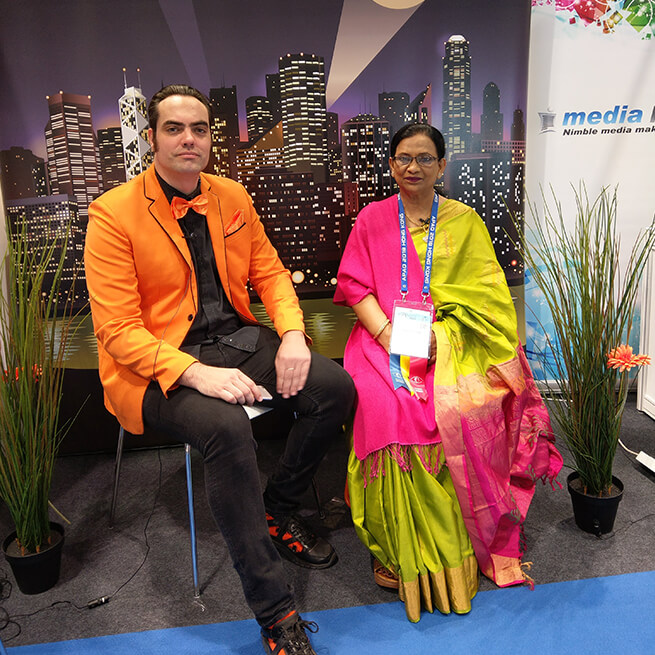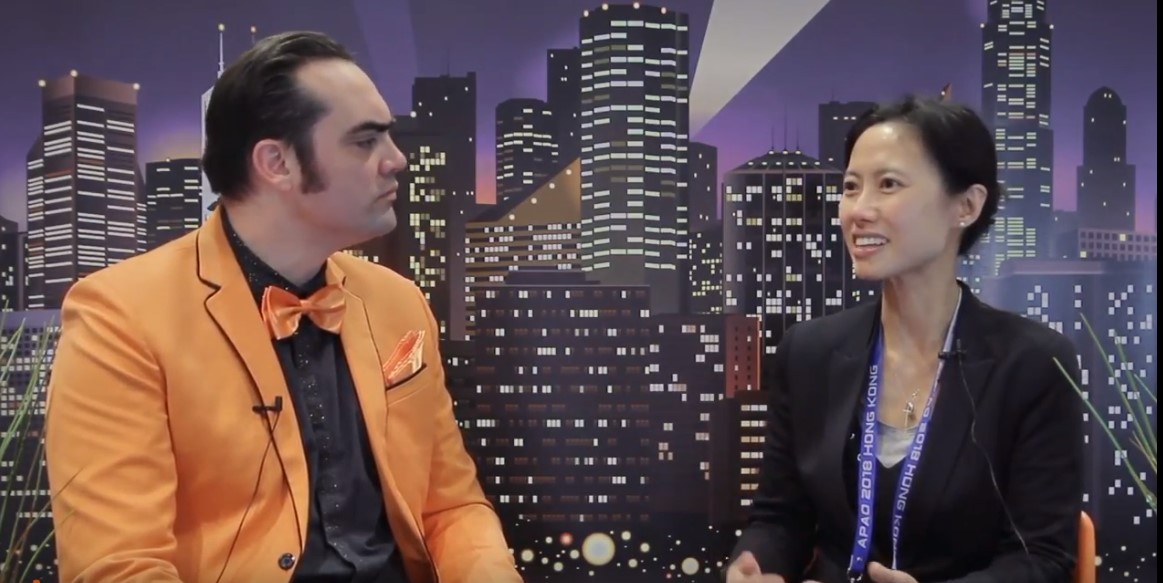Gender equality is an issue worldwide – and for female ophthalmologists in Asia-Pacific, there is a striking difference between the number of men in key leadership roles versus women. This fact has been recognized by organizations like Women in Ophthalmology (WIO), which is helping to empower women and enhance leadership development in the field. But the question remains: Why aren’t women in these key leadership roles? Is this a question of equality . . . or is it due to some other barrier? To explore these issues, PIE Magazine CEO Matt Young spoke with several female ophthalmologists to discuss challenges women face in the field.
What role does culture play?
We know Asia is a large, culturally diverse continent. So how does that diversity impact gender roles in the workplace? As it turns out, for Asian women, it’s a mixed bag.
For example, in India, Dr. Lipika Roy estimates that today, 60 to 75 percent of key ophthalmologists are women. And in Hong Kong, Dr. Joy Leung says that being a woman can be an advantage.
“In India, women are getting good opportunities,” said Dr. Roy. “They have good positions and they are managing well. But if you go to other places in Asia or the Middle East, it depends on the culture.”
Dr. Ava Hossain reports that there are about 160 women training to be ophthalmologists – so, it’s clear things are changing. In South Korea, when Dr. Seung-Young Yu was studying only 10 percent of students were female. However today, that ratio has evened out. And Dr. Leung believes that it’s just a matter of time: “I believe that it [gender equality] wasn’t very different in the west 100 years ago.”
Barriers to female leadership
According to Dr. Catherine Green, it’s very clear that women are underrepresented in leadership roles in ophthalmology. “In my own organization, about 20 to 25 percent of ophthalmologists are women, and 35 percent of trainees are female. Less than 10 percent in leadership roles are female.”
She attributes this to what she calls the “leaky pipeline,” where there are obvious and hidden barriers. For example, not asking a woman to participate because one assumes she is busy with family would be an obvious barrier, while a hidden barrier might be the medical training system itself, which was designed for and by men.
Dr. Carmen Chan notes that about half of the ophthalmic trainees in Hong Kong are women – but the problem is rising through the ranks. “Dr. Green asked me how many head of departments are female at this moment in Hong Kong . . . and there are none. I think it’s what she mentioned about the leaky pipeline: There are a lot of female ophthalmologists who start training, but somehow they do not rise to the top.”
So, are women staying out of leadership roles on purpose? According to the women we spoke with, that could certainly be the case.
“Honestly, I think that a lot of us aren’t putting ourselves forward for promotion because – even in this day and age – if you’re married with children, then as a woman your primary responsibility is with the family. Everyone expects that the woman will look after the kids, so there are some family expectations,” said Dr. Chan.
“I have two children, they are 8 and 9, and I enjoy spending time with them. But there are only 24 hours in a day . . . so do I want to be head of a department? Not really – I enjoy spending time with my family,” added Dr. Chan.
PIE Advisory Board Member Dr. Gemmy Cheung (Singapore) agrees– rather than there being a glass ceiling, women just don’t want to take on time-consuming leadership roles. “It’s probably more related to how much women are willing to invest in their career, often it may not be a real glass ceiling, but for some women they may reach a point where they say enough, and it’s their choice.”
“I think as a female ophthalmologist, the one thing – and a very practical issue – is pregnancy,” added Dr. Leung. “To strike a balance between family and work . . . how much time do you have for kids, how much do you put for your career. It’s something female doctors have to face.”
Of course, struggling with time and prioritization is not a gender specific challenge – but it can be more difficult for women, where the responsibility of looking after children falls heavily on women. “There’s an emotional struggle and a sense of guilt as to furthering your career, or to call it and say no, this is family time,” said Dr. Cheung. “Overall, I think that ophthalmology is a friendly field for women.”
Editor’s Note: Search YouTube for “PIE Talks Episode 01: The Female Experience in Asia-Pacific Ophthalmology” and check other videos in PIE Magazine’s YouTube Channel to find the full videos of the individual interviews with these fabulous women of ophthalmology.





